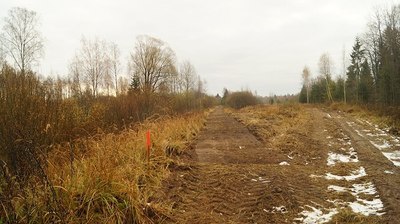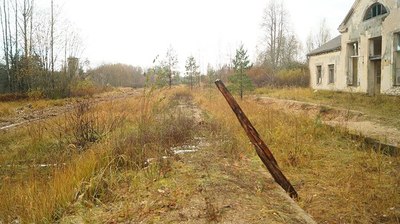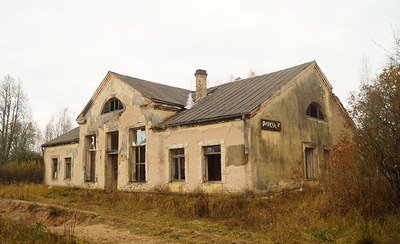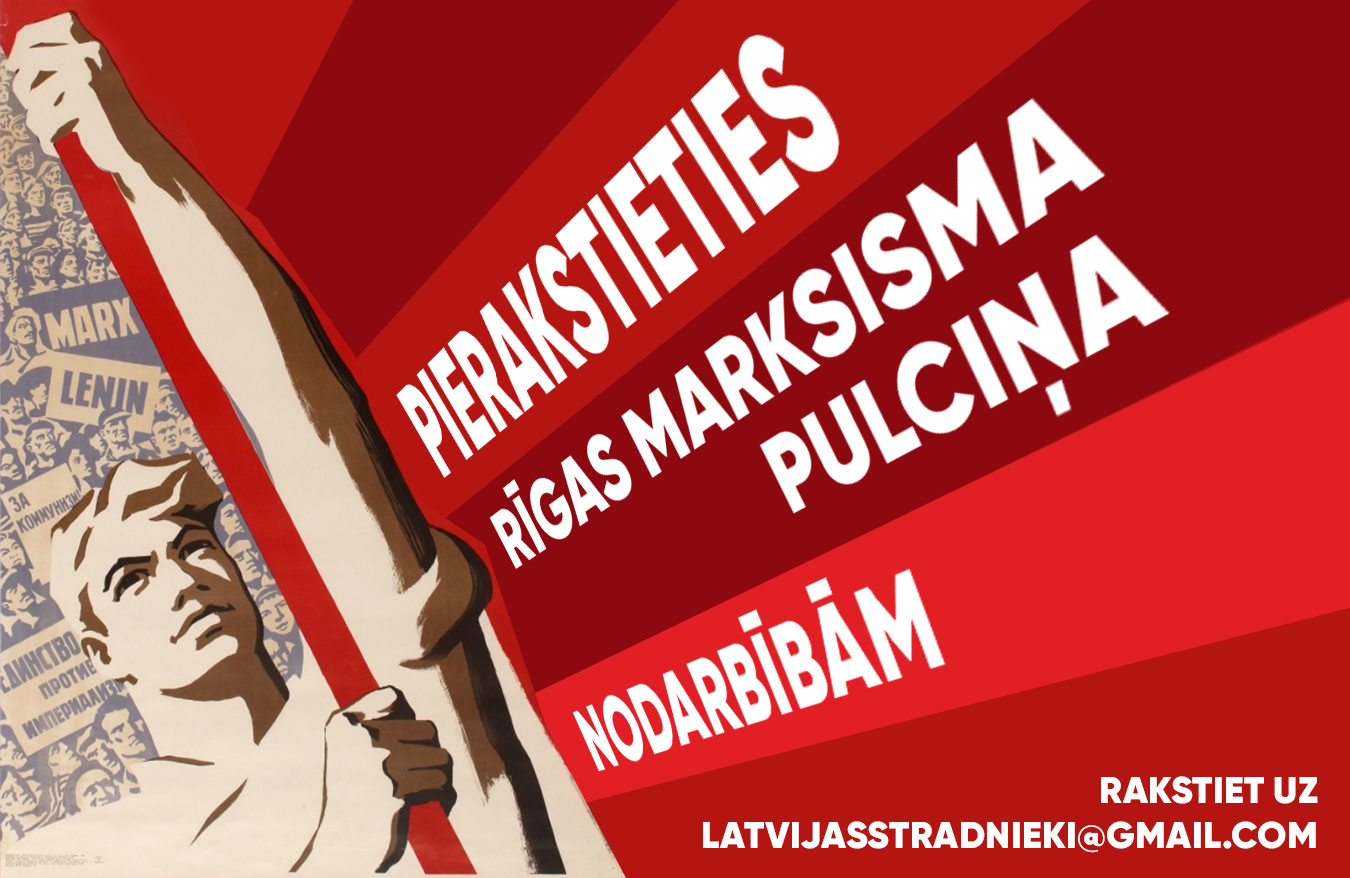
The policies of the government and ruling parties in Latvia led to the collapse of rail transit. One of the largest enterprises, a significant taxpayer who brings money to the Latvian budget, is collapsing before our eyes.
The railway administration began to massively reduce employees. Many whose lives were connected with this profession, who for many years deeply mastered it, were thrown on the sidelines. In return, they are offered low-paid and hard work – in areas where it is necessary to plug the holes of capitalists who most intensively exploit their workers, including by circumventing the eight-hour working day in every possible way.
And then, against the background of massive job cuts on the railway, the government starts a multi-million-dollar project of the Rail Baltica railway with a European gauge (1435 mm). The Minister of war of Latvia insists that this road went through the Ādaži landfill. However, on the map of the planned road to Baltic Maps EU it’s obvious.
Only just began to overgrow the empty and dismantled railway tracks after the authorities diligently brought down the main vein of the Latvian economy, considering it “unprofitable” – and now they are already asserting the opposite! They convince us of the need for a railway “for integration into the European railway network”.
Over the past 30 years, Latvia has experienced a massive reduction in passenger traffic. Perhaps someone no longer remembers, but there was a direct railway connecting Riga and Tallinn. It was disassembled a long time ago. Diesel traffic on it stopped in January 1992, and the residents of Ruiyena, mazsalatsa, Aloi and other localities were cut off from the"big land”. At the same time, there is no alternative to rail transport, which means that many places in Latvia are not accessible by train or bus. Naturally, the economy languished there.

Now, multimillion-dollar tranches are being allocated for the design of a new railway. Think about it! Millions will be invested only in the design, not in the construction itself.
Moreover, the authorities justified the rejection of the passenger and cargo corridor North-South by the unprofitability of the direction itself, which is very important in a market economy. And, indeed, the main passenger and cargo flow was along the East-West corridor. Thus, it should be recognized that the North-South direction is completely unprofitable. Therefore, we will now invest millions of euros of budget money for the construction of “Rail Baltica”. Of course, because this is… –the North-South direction! Yes, starting such an unprofitable project, you will have to think about saving money, so you need to massively reduce the number of railway employees. It is logical, isn’t it?
The approved track “Rail Baltica” will run through the remote baldon, tsekul and adazh forests, affecting the territory of other municipalities. And through the airport and the capital are going to build special interchanges for the” convenience “ of residents of Riga. It is not clear how in a densely built-up city they are going to lay this railway line, the track of which does not coincide with the existing railway track (1520 mm).

At the same time, Riga has not built a metro, which is really necessary for a city that is suffocating from personal vehicles. The public transport system in General is not developing very well in Riga. Moreover, they are compacting traffic congestion by closing the minibus station because of landowners. The transfer of the minibus station to the bus station and the ring of city buses on Abrenes street only exacerbates the city’s transport problems.
Think about whether we really need a railway that is incompatible with the main gauge. Do we need a project that involves the mass demolition of large sections of infrastructure and requires senseless reconstruction of the Riga passenger railway station? The project, which will cut down hundreds of hectares of forest in Baldone, Cekule and Adazi…
It is known that the former President of the Latvian railway U. Magonis was opposed to the construction of Rail Baltica. Since then, the management of the railway has changed continuously, and the Board’s revenue has grown by leaps and bounds.
In 2020, another severe economic crisis came to Latvia. Many businesses froze. For the first time in 30 years, capitalism has finally brought down the Latvian rail transport system. And the ruling politicians and the government play “innovative” projects when the naked eye (and even the last nationalist) can see that such a project has no economic justification.
